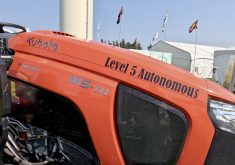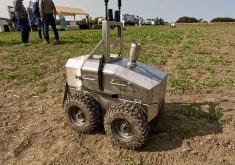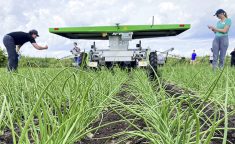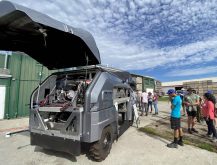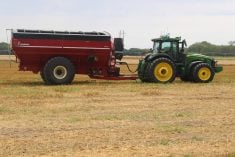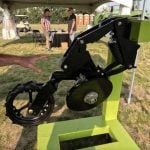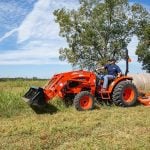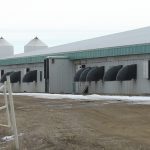Robotics and autonomous equipment are taking the agriculture sector by storm, or at least appear poised to do so in some areas.
For technology developers in Ontario, a diverse economic environment and comparatively large pool of expertise have helped make the province one of many artificial intelligence (AI) and robotics development hubs.
Daniel Bath, research scientist in horticultural automation at Vineland Research and Innovation Centre, considers the influx of innovation as the next wave in agriculture’s long history with automation. Though the nature of horticultural crops has made mechanization historically challenging, recent advances in robotics and AI have generated momentum for fruit and vegetable technology.
Read Also
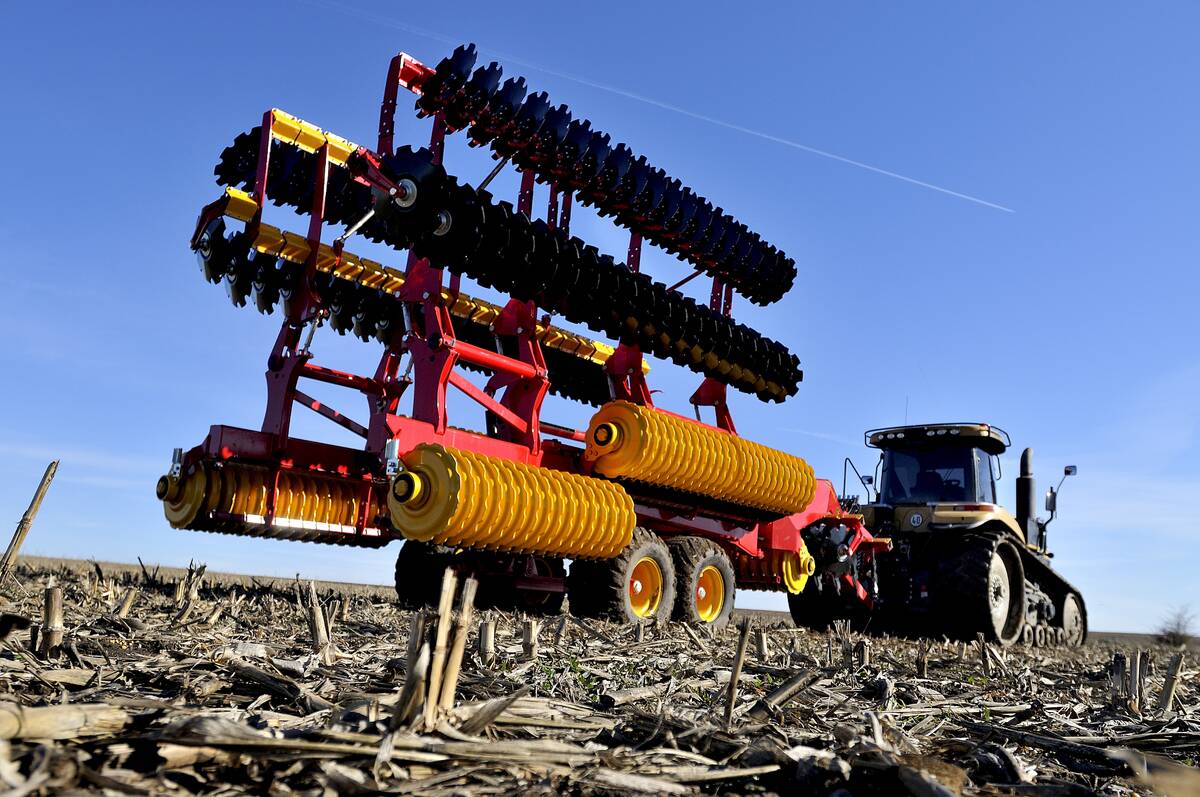
Evolution of European equipment manufacturers runs deep
A look at how Lemken and Väderstad have evolved from their traditional offerings of tillage equipment to include planting and seeding equipment in their lineups.
Why it matters: A lack of local support and understanding of the Ontario farm landscape is a criticism commonly levied at ag-tech companies trying to make market inroads. Supporting locally derived innovation could help alleviate such issues.
Field validating new technologies is a critical step. Like many companies and institutions, Bath highlighted the importance of independent validation studies to provide reliable evidence for growers to assess the subject’s business case and inform their decision to invest.
Long-standing research programs from the Ontario government and academic institutions like the University of Guelph, private companies like Haggerty Creek Ltd., and research consortia like Niagara College’s Greenhouse Technology Network, are among Ontario’s strengths.
The province also has a wide diversity of crops, and a comparatively high population, he adds, which helps the province attract investment from tech companies.
To help coordinate more targeted research that will find the successes and identify potential flaws in autonomous equipment, Haggery Creek Ltd. recently formed an autonomous working group comprised of researchers from the University of Guelph, OMAFRA, and equipment manufacturers.
One of many development nodes
Ontario is not unique, though. Bath highlights the range of advances emanating from other parts of Canada, and not every company has set up shop locally. Nexus Robotics and Neupeak Robotics, for example, are based in Quebec and British Columbia respectively. Overall, the activity within Ontario represents a wider accumulation of knowledge and technological advances.
“I think we are in a wave of autonomous development, particularly in horticulture,” he says.
Ontario’s relatively large and concentrated population has also proven beneficial for Sougata Pahari, co-founder and chief executive officer for Oshawa-based robotics company Korechi Innovations. He targeted the Greater Toronto and Hamilton areas in particular when he first moved to Canada in 2016, Pahari says.
“There’s a major population and industry. Lots of talent, which drives more talent,” he says, adding the support Korechi and many other companies receive from government and research institutions has been critical.
“Government has done a good job of setting up many regional innovation centres to help us get started. They basically make it very straightforward to bring in a helpful pool of experts in key areas. It makes the barrier to entry a lot less.”
Support for commercialization needed
From Pahari’s perspective, the diversity of industry within Ontario has also allowed his company to expand into new markets.
What started as a robot for golf courses, for example, became the foundation of a new agricultural robot designed for Haggerty Creek. Speaking more generally, he says Canada has advantages over the famous Silicon Valley, specifically when it comes to development of AI.
“Canada is where AI really started. Calgary, Toronto, Montreal. Much of the research was initially done here. This is one of those gold rush, technology rush, that was very fruitful.”
Ontario isn’t without disadvantages, however.
Pahari says scaling AI programming is not a challenge since the coding does not have to change. The same can’t be said for production of products. The time and cost involved in production is less attractive for new companies, if not completely impractical from an investment point of view.
“We’ve been blessed with generous funding from the region and the federal government. We wouldn’t have survived without it. The current strategy is there isn’t much funding for commercialization. Most funding is for research,” he says, citing the $60 million venture capital fund Emertech as an example that could be used to model a wider program.
“We need to put funds towards commercialization…I would be thrilled if the government started putting in investment. Not free money but better than a loan at eight per cent interest.”






